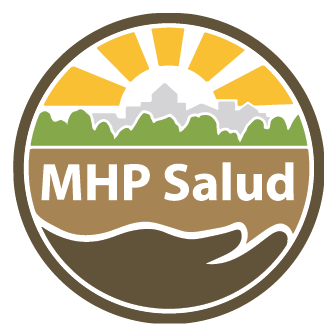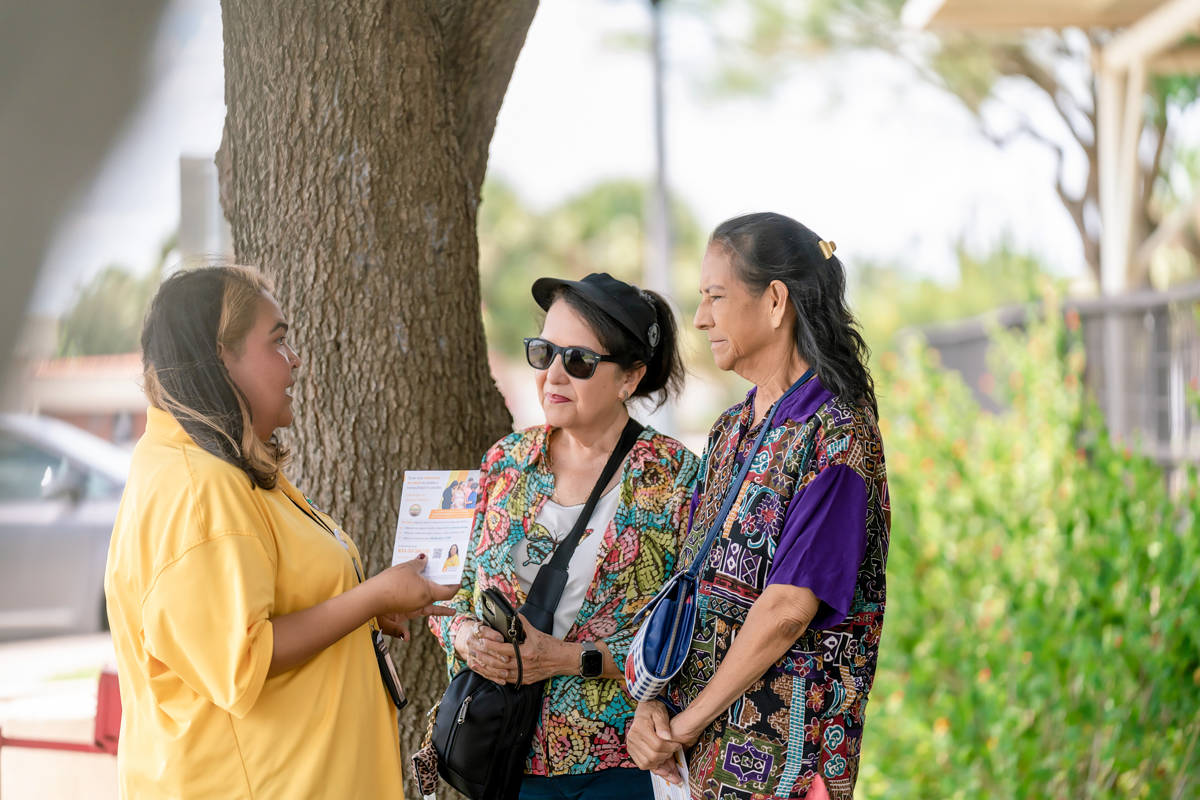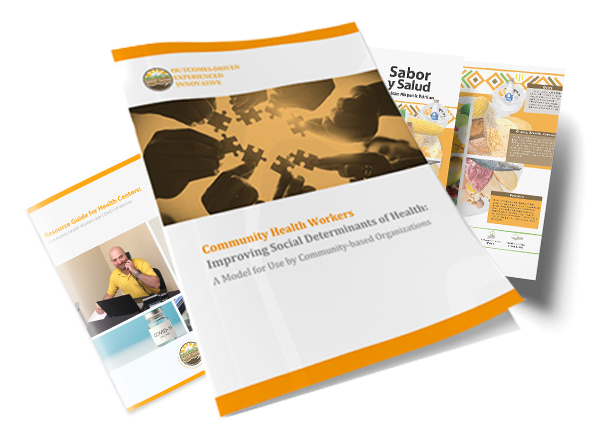CHWs in Action: Building Community Connections
“This shows how we are all connected by having similar life or work experiences. It does not matter how far we live from each other; we are still connected in some form. It also shows a common denominator, which is the willingness to help others … the fact that we are willing to help others can become a positive life changer for someone in need.” — Monica Alvarez, CHW, MHP Salud, on using her favorite Dinámica, “Unity Web.”
Community Health Workers (CHWs) serve as vital bridges to health and social resources within their communities (APHA, n.d.) – their “secret sauce” is the trusting relationships they build with those they serve. CHWs can follow these five steps, applying specific skills and qualities to create meaningful community connections:
- Connect by Actively Listening: Take the time to understand the person’s stories and needs.
- Respect Different Perspectives, Beliefs, and Practices: Recognize and honor different backgrounds within the community.
- Acknowledge Lived Experience: Value personal insights to build trust and ensure person-centered support.
- Create Spaces that Promote Engagement: Establish welcoming environments that encourage open communication and participation.
- Explore Options that Meet Current, Future, or Recurring Needs: Collaboratively identify resources to address immediate and long-term needs.
By adopting a person-centered approach, CHWs focus on understanding individuals rather than solely addressing needs and challenges (Centers for Medicare & Medicaid Services [CMS], n.d.).
Engaging with Agricultural Worker Communities
Agricultural worker communities often face substantial barriers when trying to access services as well as unique challenges linked to their living and working conditions (Rural Health Information Hub, 2024).
By proactively creating meaningful engagement opportunities for our communities, we can make important progress in (Hood, Campbell, & Baker, 2023):
- Promoting access to health services,
- Building trust,
- Addressing barriers, and
- Helping communities take charge of their health and social needs through informed decision-making.
Creating Community Connections through Dinámicas
Dinámicas serve as a valuable community-focused and person-centered tool for CHWs engaging with agricultural worker communities and other populations of varied backgrounds (The BIG Thinkers, n.d.).
By listening to the unique stories of community members, CHWs can tailor their approaches to ensure they are person-centered and responsive to the needs of those they serve.
Dinámicas:
- Foster inclusive environments;
- Are interactive and adaptable for various settings, including individual, group, virtual, or in-person;
- Enhance health literacy and education;
- Provide person-centered activities for learning about preventive measures and resources; and
- Support many learning styles.
Ready to transform your community connections?
Dive into MHP Salud’s complimentary Dinámicas e-book for relevant strategies and activities that empower CHWs to create meaningful engagement opportunities.
Calling all CHWs! We invite you to join us by:
- Participating in the conversation
- Sharing your stories
- Subscribing to our blog series
Reach out to us at nttap@mhpsalud.org. We want to hear about your Dinámicas experiences!
Resource:
Unity Web
Objective: Allows participants to see the interconnectedness and unity within the group through a symbolic activity.
Number of Participants: 7+
Time Required: Approx. 10 minutes
Materials: Yarn or long ribbon
Instructions:
1. Start by explaining the purpose of the activity and ensuring everyone understands the instructions.
2. Ask participants to form a circle.
3. Begin by sharing something about yourself. Once you have shared something about yourself, hold the end of the yarn or ribbon tightly and toss the rest to another participant, saying “CONNECTION.”
4. The next person shares something about themselves that connects them to the previous person’s statements. For example, if the previous person mentioned having children, the next person could say, “I also have children.” That participant then shares a couple of additional facts about themselves, then calls on someone else, holds tightly a section of ribbon or yarn, and tosses the rest to the next person, saying “CONNECTION.”
5. The next participant shares something about themselves that connects them to the precious person’s statement and calls on another participant, continuing the process.
6. Continue until everyone has had a turn to share and connect, creating a web of unity.
7. Take a moment for participants to reflect on the interconnectedness within the group.
References
American Public Health Association. (n.d.).Community health workers. https://www.apha.org/apha-communities/member-sections/community-health-workers/#:~:text=The%20CHW%20Section%20has%20adopted%20the%20following%20definition%3A,an%20unusually%20close%20understanding%20of%20the%20community%20served .
Centers for Medicare & Medicaid Services. (n.d.). Person-centered care. https://www.cms.gov/priorities/innovation/key-concepts/person-centered-care
Hood, S., Campbell, B., & Baker, K. (2023). Culturally informed community engagement: Implications for inclusive science and health equity [Internet]. RTI Press. https://www.ncbi.nlm.nih.gov/books/NBK592587/ https://doi.org/10.3768/rtipress.2023.op.0083.2301
MHP Salud. (2024). Dinámicas e-book. https://mhpsalud.org/wp-content/uploads/2024/08/MHP-Salud-Dinamicas-E-Book-2024.pdf
Rural Health Information Hub. (2024). Migrant health. https://www.ruralhealthinfo.org/topics/migrant-heahttps://www.ruralhealthinfo.org/topics/migrant-health
The BIG Thinkers. (n.d.). Leaving certificate politics and society: Paulo Freire. https://ncca.ie/media/2581/paulo-freire-v2.pdf





